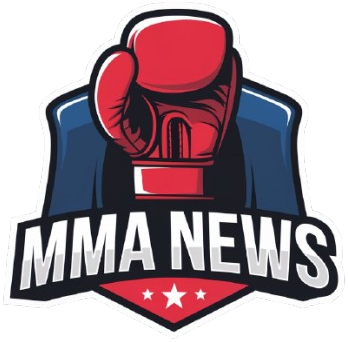In the wake of the contentious ending at UFC 321, concerns over the physical toll of mixed martial arts have taken center stage, as former UFC champions weigh in on the alarming risk of eye injuries within the sport. With one fighter nearly losing an eye during the high-stakes bout, experts are calling renewed attention to the dangers fighters face and the need for enhanced safety measures. This article explores their insights on the severity of eye trauma in MMA, the implications for fighter health, and ongoing debates about how to better protect athletes in future matchups.
Eye Injury Risks in MMA Examined by Former UFC Champions After UFC 321 Incident
Following the shocking events at UFC 321, where a fighter nearly lost his eye due to a devastating orbital fracture, former UFC champions have voiced serious concerns over the persistent risks of eye injuries in MMA. They highlighted how the sport’s nature, with strikes targeting the head and face, inherently carries high danger for fighters’ ocular health. These veterans stressed the importance of stricter medical protocols and improved protective measures inside the Octagon to prevent such irreversible damage in future bouts.
Experts detailed specific factors contributing to eye trauma in MMA, including:
- Repetitive blows causing orbital fractures and retinal detachments
- Delayed diagnosis due to adrenaline masking pain during the fight
- Insufficient protective gear and reliance on defensive skill alone
To better visualize the severity of common eye injuries in MMA, the table below summarizes typical injury types and their average recovery times:
| Injury Type | Frequency | Average Recovery |
|---|---|---|
| Orbital Fracture | High | 4-6 weeks |
| Corneal Abrasion | Moderate | 1-2 weeks |
| Retinal Detachment | Low | Varies (surgical) |
| Eye Lacerations | Moderate | 2-3 weeks |
Experts Advocate for Enhanced Safety Protocols and Medical Screening to Protect Fighters
In the wake of the recent high-profile eye injury that left a fighter with severe vision impairment, experts within the MMA community have renewed calls for stringent safety measures. Former champions and medical professionals alike emphasize that current protocols fail to adequately protect athletes from catastrophic ocular trauma. Proposals include enhanced pre-fight ophthalmologic screenings, mandatory usage of protective equipment during training, and implementation of stricter in-fight stoppage criteria when eye injuries are suspected. These steps aim to reduce long-term damage and preserve the health and careers of fighters who often put their bodies on the line for the sport.
Key recommendations from leading voices include:
- Regular eye exams: Mandatory baseline and post-fight eye assessments to monitor any deterioration.
- Referee training upgrades: Improved guidelines to identify and halt bouts at early signs of visual trauma.
- Fighter education programs: Comprehensive awareness campaigns about eye injury risks and reporting symptoms promptly.
- Emergency protocols: Enhanced ringside medical readiness to address acute eye injuries immediately.
| Protocol | Current Status | Proposed Enhancement |
|---|---|---|
| Ophthalmologic Screening | Optional, inconsistent | Mandatory pre- and post-fight exams |
| Referee Authority | Reactive stoppages | Proactive eye injury identification training |
| Protective Gear | Minimal use in training | Enforced use during sparring sessions |
| Emergency Response | Standard medical kit | Specialized eye injury equipment on-site |
Concluding Remarks
As the fallout from UFC 321 continues to reverberate through the MMA community, the serious nature of eye injuries in the sport has once again come under scrutiny. Former champions weigh in with stark reminders of the risks fighters face every time they step into the octagon-risks that can have lasting, career-altering consequences. As officials, trainers, and athletes grapple with how to better protect competitors, the controversy serves as a sobering testament to the fine line between triumph and injury in mixed martial arts. The conversation around fighter safety is far from over, and the sport’s future may well depend on the measures taken today to mitigate these dangerous eye injuries.








